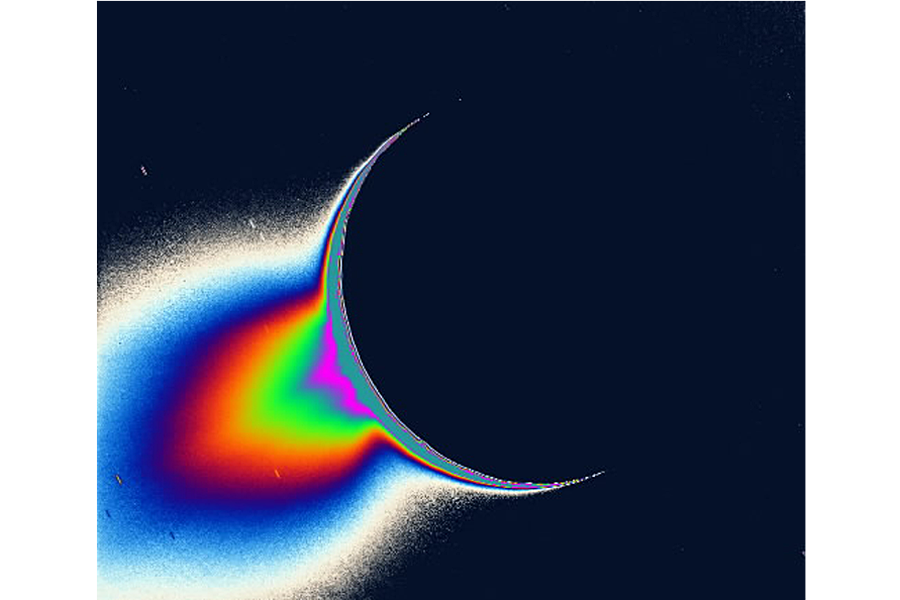NASA spacecraft to swoop through icy Saturn moon's geyser
Loading...
NASA is set to get a close look at Saturn’s icy moon on Wednesday.
The Cassini spacecraft will plunge through the salty geysers spewing from the south pole of Enceladus.
Flying just 30 miles from the surface, the spacecraft will be able to take a closer look at particles spraying out from the ocean scientists believe sloshes under the moon’s icy crust.
"On Wednesday, we will plunge deeper into the magnificent plume coming from the south pole than we ever have before, and we will collect the best samples ever from an ocean beyond Earth," Curt Niebur, Cassini program scientist at NASA headquarters in Washington, D.C., said during a press conference on Monday, as reported by Space.com.
Although Cassini will fly by the icy moon at about 1 p.m. Eastern time on Wednesday, the spacecraft will not check in with mission control until about 3 hours later. Cassini project scientists warned not to expect images from the flyby until late Thursday or early Friday.
Cassini left Earth in 1997 and has been in orbit around Saturn since 2004. In 2005, the spacecraft first discovered the frigid geysers.
At least 101 geysers form the gigantic plume emerging from Enceladus’ south pole. These geysers are the result of long cracks in the icy crust covering the moon.
Dubbed “tiger stripes,” these fractures allow liquid from Enceladus’ interior ocean to jet out. Scientists think these fissures result from pressure from a sloshing ocean in Enceladus. This matches a slight wobble spotted in the moon’s orbit.
“Enceladus is not just an ocean world, it's a world that might provide a habitable environment for life as we know it,” National Geographic quoted Dr. Niebur from the press conference. “And we will collect the best samples ever from an ocean beyond Earth.”
And Cassini has already collected data hinting at life. When it swung through the plume in 2008, the spacecraft found organic molecules, necessary as a building block for life.
Just a year later Cassini discovered that the geysers contained salt, leading scientists to conclude that liquid water sloshed around in Enceladus.
“Astrobiologically speaking, this moon is one of the most interesting places in the solar system,” said Cassini scientist Hunter Waite.
“We know we’ve seen organics,” said Cassini project scientist Linda Spilker. “We’ve seen methane, carbon dioxide, a number of key ingredients and, in this case, with our much deeper dive through the plume, we’ll have a chance to sample potentially larger particles, and a greater density of both the gas and the particles. We may find new organics that we haven't seen previously or are just at the limits of our detection.”
Dr. Spilker is quoted by Space.com saying, "There's a lot of excitement about this particular flyby. We're certainly all eagerly awaiting the scientific results from this deep plunge through the plume."






